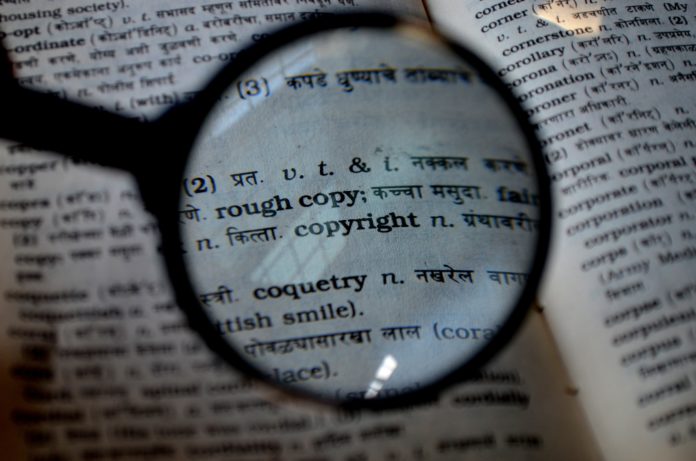
The GS Media case – in the spotlight, again
In a rare move, the European Court of Justice (ECJ) went against AG Wathelet’s opinion published earlier this year and on 8 September 2016 ruled on the GS Media case, which reshaped case law on hyperlinking and potential third party copyright infringement.
GS Media, which operates the Dutch entertainment website GeenStijl.nl, is a Dutch media publishing website that provides users with hyperlinks to online content. As previously discussed on MediaWrites, GeenStijl placed hyperlinks on its website to leaked Playboy photos. On 26 October 2011, editor Sanoma News informed GS Media that said hyperlinks redirected users to photographs published without permission of the copyright holder. GS media disregarded Sanoma’s request to take down the hyperlinks. In fact, they redirected users to a second hosting location when Sanoma managed to take down the photographs hosted on the first redirected site.
ECJ tackles unanswered questions on hyperlinking
The ECJ was faced with the task of assessing whether hyperlinking to a work made available on Internet without consent of the copyright holder constituted a “communication to the public” and therefore a potential copyright infringement. In previous cases, notably Svensson and Bestwater, the ECJ already explained that a hyperlink does not constitute a “communication the public” when the linked work is already freely available on Internet and does not circumvent measures taken to restrict the public’s access to such work. These two previous decisions were interpreted by many as a total “freedom to link” to copyrighted works as long as these works were already freely available online.
One big question mark remained, however, which the ECJ had not spoken to prior to GS Media: Should a work posted online without the copyright owner’s consent be considered to be “freely available”? The response was loud and clear: “the Court intends to refer only to the posting of hyperlinks to works which have been made freely available on another website with the consent of the right holder”.
It is now clear from GS Media that those posting hyperlinks to works published online illegally may fall foul of copyright law. The ECJ explained that this exemption is necessary to ensure a balance between copyright, freedom of expression and availability of online information.
To profit or not to profit…
The ECJ ruling also means that infringement would not seemingly occur if a hyperlink were published by a person that does not direct users to a protected work out of pursuit of profit. In this scenario, the person or company publishing the hyperlink would only be responsible if they knew or ought to have known that the hyperlink provided access to a work illegally placed on the Internet. For example, where copyright holders notify said publisher. By The ECJ has effectively introduced a new “notice and take-down” regime applicable to hyperlinks, similar to the notice and take down procedure already applicable to hosted online content. Some will find it unfortunate that this new “notice and take-down” regime will only be applicable to those publishing hyperlinks in a not-for-profit manner.
Indeed, when a person or company posts a hyperlink for-profit, the ECJ considers that they should carry out any necessary checks to ensure that the work has not been published online illegally. They will therefore have presumed knowledge that the work was published illegally. Publishers could in this context extend to any company publishing hyperlinks as part of their digital communication strategy. Even if the ECJ does not offer details on this point, should a company carry out necessary checks and believes it can post the hyperlink online, it may be that it will not face any liability even if the link directs users to a work posted without the owner’s consent. The ECJ does say in recital 51 that the presumption can be rebutted. It is to be determined what these checks will actually involve practice.
What does this mean for companies publishing hyperlinks?
The consequences of GS Media on the digital communication industry are therefore important. Companies should now be extra cautious and put in place new safeguards in their digital communication strategy, notably on social networks, where communication is largely based on framing hyperlinks to third party content. Companies should adopt a best practice system to verify that a content was not published online illegally before hyperlinking.
This article was written by Benjamin Znaty and Marc Schuler in our Paris office.










[…] (CJEU) judgement in GS Media, which reshaped case law on hyperlinking and we have written about here. In GS Media, the CJEU concluded that posting a hyperlink to a work which is freely available but […]